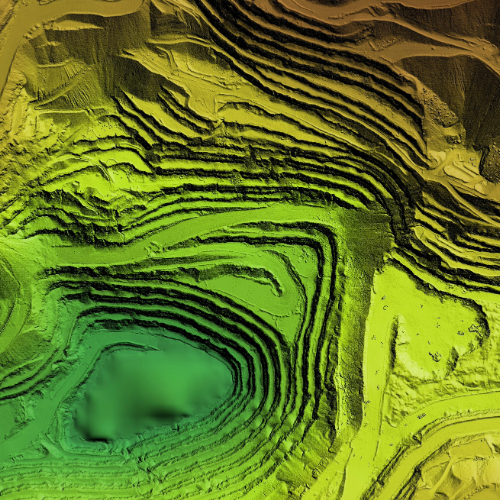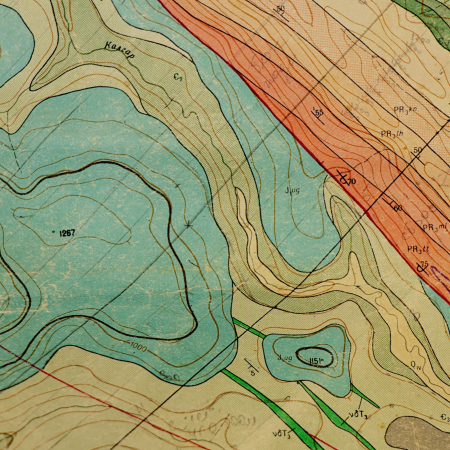In the tapestry of human history, the desire to understand and represent our world has been an enduring pursuit. The discipline of cartography, the art and science of creating maps, is the embodiment of this quest. A testament to the ingenuity of countless civilizations, cartography has evolved over millennia, transforming our perception of the world and the cosmos. Let us embark on a journey to explore the fascinating origins of cartography and trace its remarkable evolution through the ages.
The Genesis of Cartography: Mapping the World on Clay and Papyrus
The earliest known maps date back to ancient Mesopotamia, where the Babylonians crafted intricate charts of the world on clay tablets. These remarkable artifacts, dating as far back as the 5th century BCE, depicted the local environment, with symbols representing rivers, cities, and mountains.
In the land of the Nile, the Egyptians contributed to the nascent discipline of cartography with their exquisite maps drawn on papyrus. The Turin Papyrus Map, created around 1160 BCE, is an extraordinary example of ancient Egyptian cartography, showcasing the locations of gold mines and quarries in a highly stylized representation.
The Greek Odyssey: Pioneering the Science of Cartography
The Greeks, renowned for their intellectual prowess, revolutionized the field of cartography. Anaximander, a 6th-century BCE philosopher, is credited with creating the first map of the known world, incorporating knowledge of the Mediterranean and the Black Sea. However, it was Claudius Ptolemy, a 2nd-century CE geographer and astronomer, who truly transformed cartography into a scientific discipline.
Ptolemy's seminal work, Geographia, introduced the concept of longitude and latitude, forming the basis for modern geographic coordinates. His elaborate maps, depicting the world as a vast sphere, laid the groundwork for the future development of cartography and navigational techniques.
Unfurling the World: The Age of Exploration
The Age of Exploration, spanning the 15th to the 17th centuries, marked a turning point in the world of cartography. As daring adventurers set sail in search of new lands, the demand for accurate maps reached unprecedented heights. Great cartographers, such as Gerardus Mercator, Abraham Ortelius, and Martin Waldseemüller, rose to prominence during this time, producing detailed maps and atlases that documented the ever-expanding boundaries of the known world.
Mercator's groundbreaking projection, which allowed navigators to plot their courses using straight lines, remains an enduring symbol of this era of discovery. The magnificent world maps and atlases produced during this period not only guided explorers to distant shores but also provided invaluable insights into the diverse cultures and landscapes that shaped our world.
The Cartographic Revolution: From Hand-Drawn Maps to Digital Cartography
The 19th and 20th centuries witnessed a series of technological innovations that revolutionized the field of cartography. The advent of the lithographic printing process facilitated the mass production of maps, making them more accessible to the general public. The development of aerial photography and satellite imagery further transformed the accuracy and detail of cartographic representations.
Today, digital cartography and Geographic Information Systems (GIS) have ushered in a new era of mapping, allowing us to visualize and analyze complex geographic data with unprecedented precision. These cutting-edge tools have enabled us to delve deeper into the mysteries of our world, and even chart the vast expanses of the cosmos.
Conclusion: The Eternal Quest to Chart the Universe
The history of cartography is a testament to the indomitable human spirit, driven by the insatiable desire to
understand and represent the world around us. From the earliest clay tablets and papyrus scrolls to the intricate digital maps of today, cartography has been a constant companion in our quest for knowledge and discovery.
As we continue to explore the mysteries of our planet and beyond, the art and science of cartography will undoubtedly evolve in tandem, revealing new dimensions of our universe and unlocking the secrets of the cosmos. As we stand on the precipice of the unknown, the timeless allure of cartography beckons us onward, guiding our steps as we venture into uncharted territories, ever in pursuit of new horizons and fresh perspectives.








